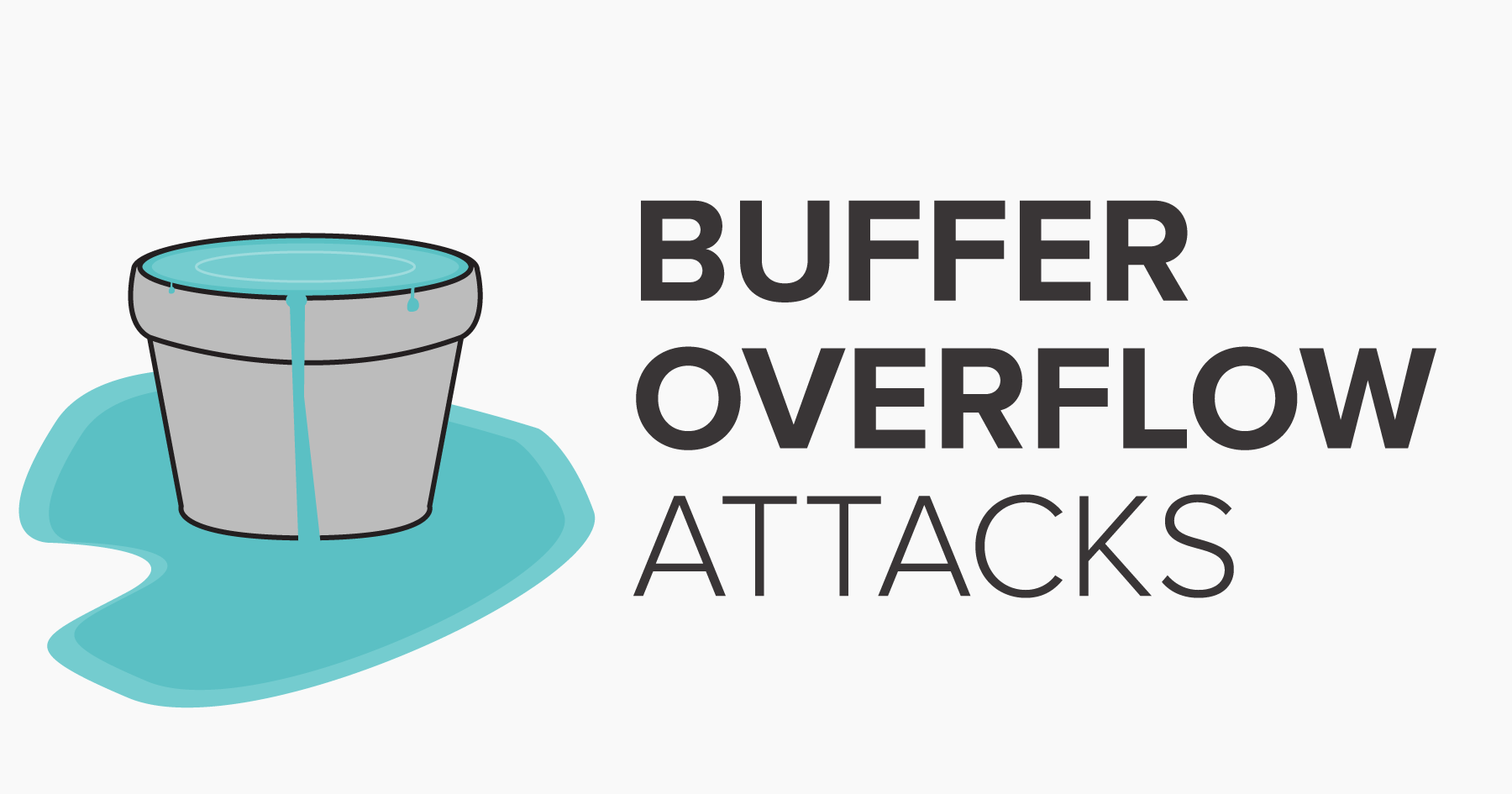This post will explain how hackers may steal your CPU and GPU power for cryptocurrency mining. This is referred to as “Cryptojacking”. Cryptojacking occurs when a hacker covertly exploits a victim’s processing resources to produce cryptocurrency without their knowledge or consent.
This enables the attacker to profitably mine bitcoins without having to pay for hardware or power. These expenses are instead borne by the victim, who executes a malicious script/software.
Cryptojackers employ two primary attack modes: either the infected user has downloaded a file containing hidden malware, which auto-installs once downloaded, or the victim is browsing a website with attached JavaScript that executes the mining program.
Understanding Cryptojacking
Cryptojacking is a type of cyber attack where hackers use someone else’s computer resources to mine cryptocurrencies without their consent. This malicious activity exploits the victim’s CPU power, causing slowdowns and increased electricity consumption.
Why is CPU Mining Attractive to Hackers?
Traditionally, cryptocurrency mining requires specialized hardware like ASICs (Application-Specific Integrated Circuits) or high-end GPUs (Graphics Processing Units). However, these are expensive and consume a lot of power. Hackers, therefore, turn to CPU mining because:
- Accessibility: Almost every computer has a CPU.
- Stealth: CPU mining can often go unnoticed by the victim.
- Distribution: Hackers can spread mining activities across thousands of devices, cumulatively creating a powerful mining network.
The Basics of Cryptocurrency Mining
What is Cryptocurrency Mining?
Cryptocurrency mining is the process of validating transactions on a blockchain network and adding them to the public ledger. Miners use computational power to solve complex mathematical problems, and in return, they are rewarded with newly created coins.
The Role of the CPU in Mining
The Central Processing Unit (CPU) plays a key role in a computer used for mining. Although more powerful hardware like GPUs and ASICs are preferred for mining, cryptojackers still exploit CPUs due to their ubiquity and accessibility.
How Mining Software Works
Mining software runs complex algorithms to perform the necessary calculations for cryptocurrency mining. Hackers can easily deploy these programs without the user’s knowledge by installing them on a computer or running them through a web browser.
How Hackers Exploit Your CPU
- Malicious Websites: Hackers often embed mining scripts in websites, which automatically start mining cryptocurrency when a user visits the site. This method, known as drive-by mining, does not require any action from the user and can affect thousands of visitors.
- Infected Downloads: Another common method is to disguise mining software as legitimate downloads. Users unknowingly install these programs, which then run in the background, consuming CPU resources to mine cryptocurrency.
- Phishing Emails: Phishing emails with malicious attachments or links can also distribute mining software. Once the user opens the attachment or clicks the link, the software installs, and the mining process begins.
- Malware and Trojans: Malicious software, including malware and Trojans, can be installed on your computer without your knowledge. Once installed, these programs run mining scripts in the background, consuming CPU resources.
- Cryptojacking: Cryptojacking involves embedding mining scripts into websites. When you visit an infected site, the script runs in your browser, using your CPU to mine cryptocurrency. This method is particularly insidious because it requires no installation and leaves no trace once you leave the site.
- Phishing Attacks: Hackers use phishing attacks to trick you into downloading mining software. These attacks often come in the form of deceptive emails or messages that appear to be from legitimate sources.
- Browser Extensions: Some browser extensions contain hidden mining scripts. Although these extensions can be installed from legitimate sources, they include code that exploits the user’s CPU for mining purposes.
Impact of Cryptojacking
- Performance Degradation: One of the most noticeable effects of cryptojacking is a significant decrease in computer performance. The CPU is overworked, leading to slow response times, application crashes, and general sluggishness.
- Increased Electricity Consumption: Mining cryptocurrency is resource-intensive and increases the electricity usage of the infected device. This not only leads to higher electricity bills but also places additional strain on the hardware, potentially reducing its lifespan.
- Security Risks: Cryptojacking can expose the affected system to further security vulnerabilities. Hackers may use the compromised system to launch additional attacks or steal sensitive information.
Detecting Cryptojacking
- Unusual CPU Usage: One of the primary indicators of cryptojacking is unusually high CPU usage. Users may notice their computer running slower than usual, and the task manager may show high CPU usage even when no resource-intensive applications are running.
- Browser Performance Issues: If a mining script is running in a web browser, users may experience laggy performance, slow page load times, and frequent browser crashes.
- Increased Fan Activity: Because mining increases the workload on the CPU, it can cause the computer’s cooling fan to run more frequently and at higher speeds. This can be a telltale sign of cryptojacking.
- Battery Drain on Mobile Devices: On mobile devices, cryptojacking can lead to rapid battery drain. Users may notice their devices overheating or requiring more frequent charging.
Preventing Cryptojacking
- Use Anti-Malware Software: Installing reputable anti-malware software can help detect and prevent cryptojacking attempts. These programs scan for and remove malicious mining scripts from the system.
- Keep Software Updated: Regularly updating operating systems, browsers, and software can help patch vulnerabilities that hackers exploit for cryptojacking.
- Disable JavaScript: Disabling JavaScript in the browser can prevent mining scripts from running. However, this may affect the functionality of some websites.
- Use Browser Extensions: Certain browser extensions are designed to block mining scripts. Extensions like NoScript and MinerBlock can help prevent cryptojacking by blocking malicious scripts.
- Avoid Untrusted Downloads: Users should be cautious about downloading software from untrusted sources. Always verify the legitimacy of the software and its source before installation.
Conclusion
The use of CPUs for cryptocurrency mining poses a serious danger in current digital world. Therefore, Understanding how hackers use your CPU to mine cryptocurrency, spotting signs of exploitation, and installing strong security measures are all essential actions in protecting yourself and your company. Stay aware, attentive, and prioritize cybersecurity to protect your digital assets.



